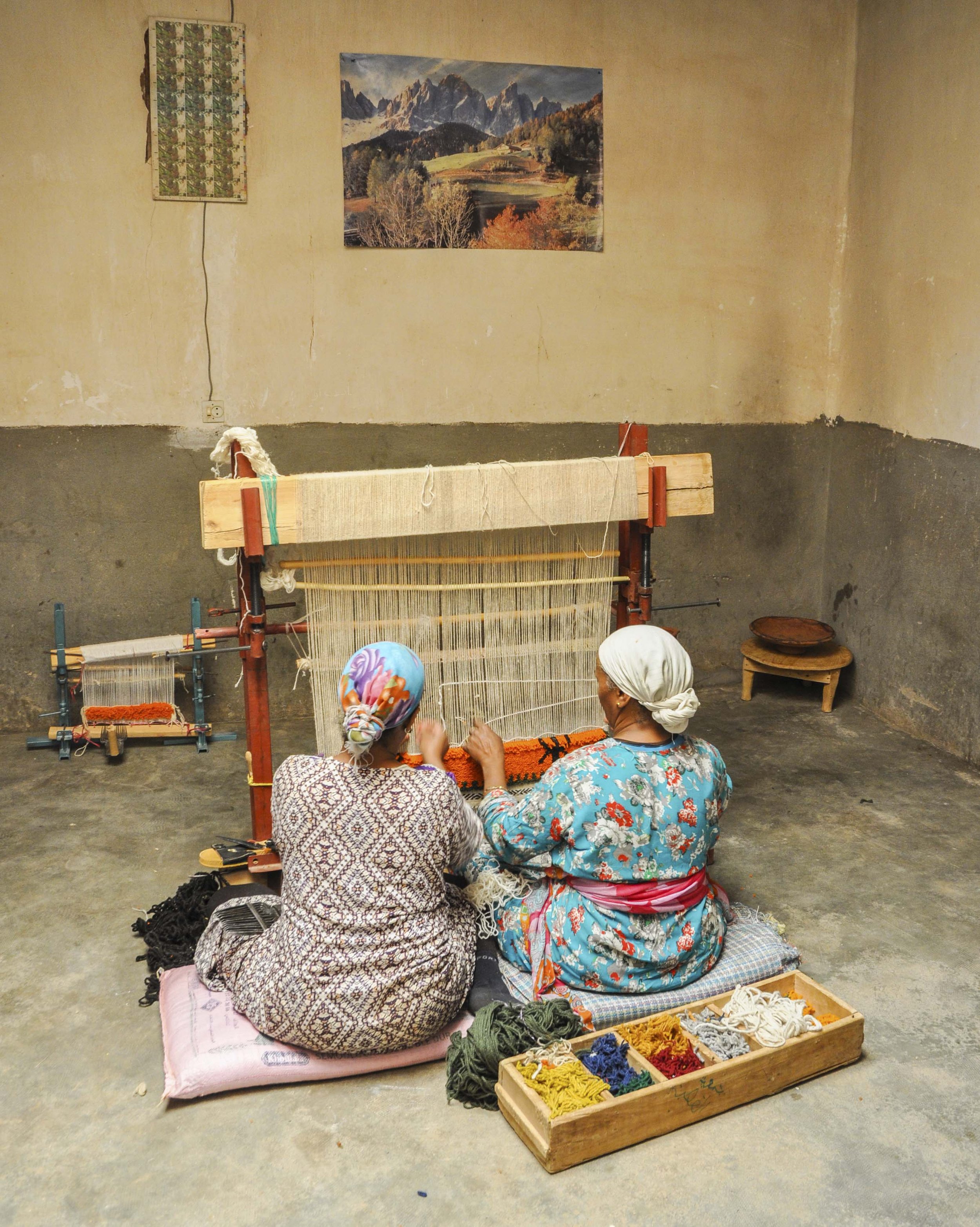Symbolism
Symbols have been used as a visual language since primitive times, before the invention of writing. Early humans understood the importance of survival and protecting their species, and so many symbols found in Berber carpets are about identity, depicting the cycle of life, fertility, birth, and death.
Scroll down to learn more about various Amazigh symbols
Aries: Symbol of physical power, strength, life and generosity
Barley: Symbol for fertility
Bird: Symbol for freedom and holy blessings
Chess: Symbol for dizzy spells and celestial experiences.
Diamond: Symbol of women and a union of opposites
Eye: symbol for protection against the evil eye.
Fish: Symbol of protection
Flower/Ouarida: Symbol of protection against the evil eye
Frog: Symbol for magic and fertility
Lion’s Paw: Symbol of strength and protection
Lozenge: Symbol for womanhood and feminine fertility
Palmtree: Symbol for fertility and wealth
Partridge Eyes: Symbol of beauty
Saw: Symbol of metalworkers (metal keeps away ghosts)
Snake: Symbol for holiness, has magical and medicinal properties
Snake and fish skeletons: Symbol for holiness, magical and medicinal properties
Spider: Symbol of fertility and magical rites
Star: Symbol of a star, catches ghosts
Tree: Symbol for easy living, happiness, knowledge and fertility
Wheat: Symbol of life and death
Womb: symbol for fertility
Amazigh symbols explained
The Amazigh symbols also serve a magical-religious purpose, with female symbols such as the diamond, chevron, and X-shape, and male symbols depicted as long and thin. Weavers used the carpets to express their emotions, recording events such as the birth of a child, marriage, celebration, or death, using specific hues and symbolism.
Ancient Amazigh symbolism originates from an animistic belief and tradition. The Amazigh (Berber) people were non-Islamic until the seventh century when the Arabs entered North Africa. Animists believed that the spirit of ancestors manifests itself in nature. Thus, their symbolism is based on natural elements such as grain, snakes, frogs, and other animals, and nature figures like Aries, salamanders, sish, and camels. Sun, moon, and water are also included. These symbols were used for protection, fertility, magic, good harvest, love, and recognizing their tribal origins.






















